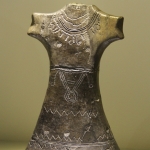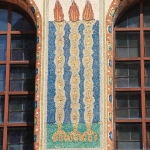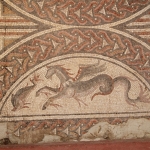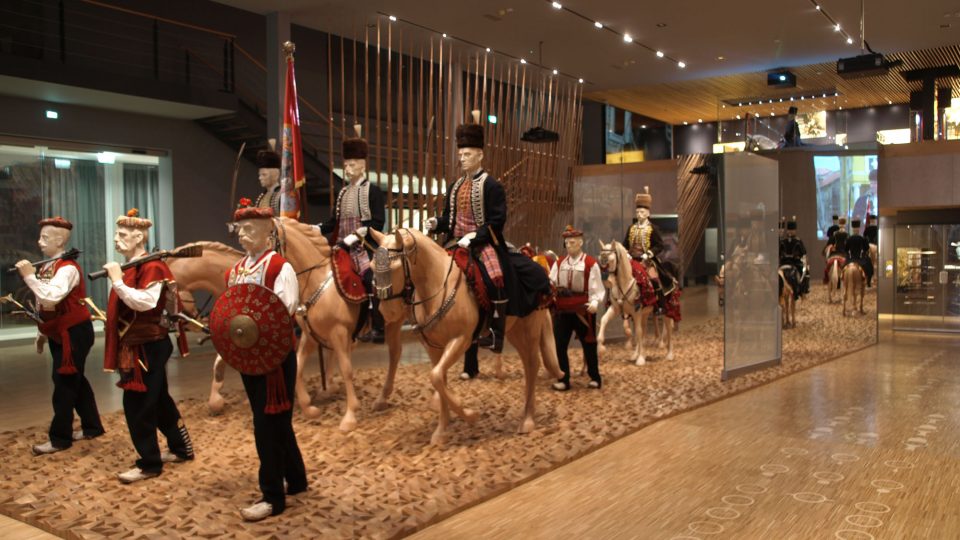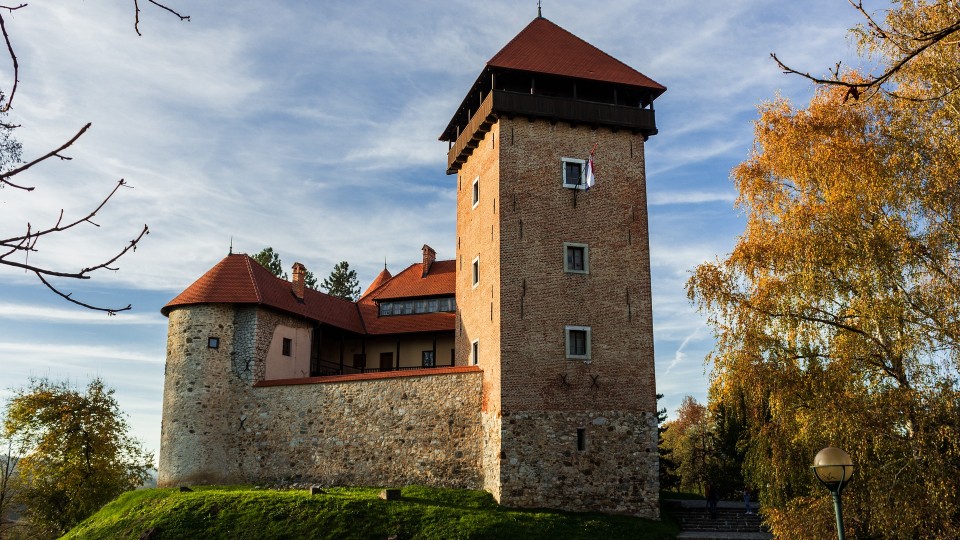Museums, castles, modern art, sculptures, naive art, old fresco’s, classical music concerts, baroque concerts, religious art, folk-music, opera, in short in Croatia there is everything to discover and enjoy in the field of culture. Croatia has many UNESCO cultural heritage sites, like the walled town centre of Dubrovnik, the palace of Diocletian in Split, the st. Jacob cathedral in Sibenik, the 2000 year old inner-town of Trogir, the Eufrasius basilica in Porec with its beautiful mosaic from he 6th century and the old town of Hvar.
Several sites are enlisted for nomination by UNESCO as future world heritage sites, like the town of Motovun in Istria, the baroque town of Varaždin in the north of Croatia, Ston and mali Ston with it´s old stone wall and ancient sea-salt gathering facilities on the peninsula Peljesac, the episcopal complex of the town of Zadar, the fortification in Osijek and the castle of veliki Tabor.
Traditional song and dance are important cultural pillars in Croatia, each region has its own unique style of music, clothing, songs and instruments. Along the coast you will hear group of 3-5 men singing in the evening while you saunter through the narrow marble covered streets of a coastal town or fishing village. They sing the traditional ‘klapa’, an a Capella sung songs about the sea and love. Many festivals and events are organized in the summer months, for everyone to see and hear many traditional Croatian dance, song and products.
One of the best known sculptors of Croatia is Ivan Meštrovic, a famous work of art is a sculpture of ´Gregory of Nin´, that is located in the old town of Split.
Josip Generalic is one of the best known Croatian painters of the school of naive art from the village of Hlebine, near the town of Koprivnica in north east Croatia. The village of Hlebine owns a museum dedicated to the naive art that sprouted in the village among the poor peasants. For lack of painting canvas, naive images are painted on glass in a reversed order a special technique creating beautiful clear and vivid colours. In the village you can visit painters and see their paintings in their home, just ring the bell to see if someone is home. In Zagreb there is a larger museum for naive art (Hrvatski Muzej Naivne Umjetnosti, http://www.hmnu.hr/naiva.asp).
The art village of Groznjan in the interior of Istria is well worth a visit. It is small, medieval, picturesque and located on top of a hill with beautiful surrounding scenery. The village has many small ateliers and shops where all kinds of handcraft and art are sold.
The place to visit to enjoy modern art is the museum for modern art (Muzej suvremene umjetnosti, MSU) in Zagreb, this is the largest en most modern museum of Croatia.

